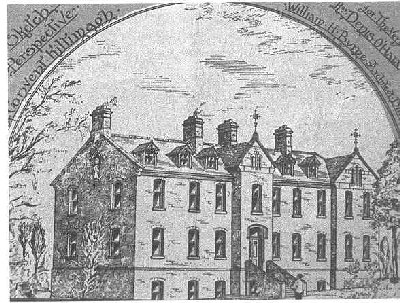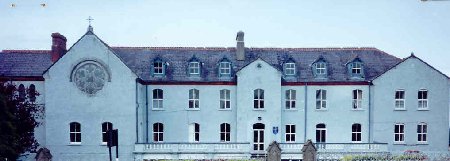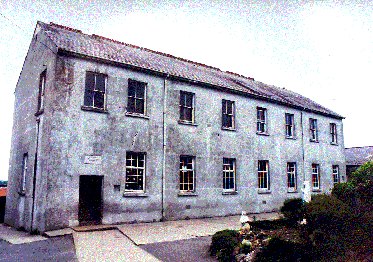Lios Ard, Killeadan is a perfect circle perched on top of a steep hill and crowned by a thick clump of tall beech trees which can be seen for miles. It is famed near and far.
Lios Ard
On the slopes of Lios Ard, there are three other authentic and venerable
fairy thorns and under an old spreading oak at the foot of the hill is
reputedly a place for meetings and dances of fairies at certain times
of the year.
There are several fairy-forts in the Kiltimagh area.
The houses were usually circular, although no trace of house sites can be seen here today. The caves were known as Souterrains. These were dry stone ( without mortar) structures of one or more rooms interconnected by small alcoves called creeps. The uses of this underground feature are thought to have been two-fold:
(1) A place for storing perishable goods in warm weather, for example milk or raw meat.
(2) A place to hide when under attack or siege.
The Ringfort
in Aiden St.
This fort is one of several thousand scattered around the country. It
is an excellent example. The fertile Irish imagination created "The
Fairy Fort", a term which is still used today. It was believed
that "the good people," or the fairies, lived in the forts.



